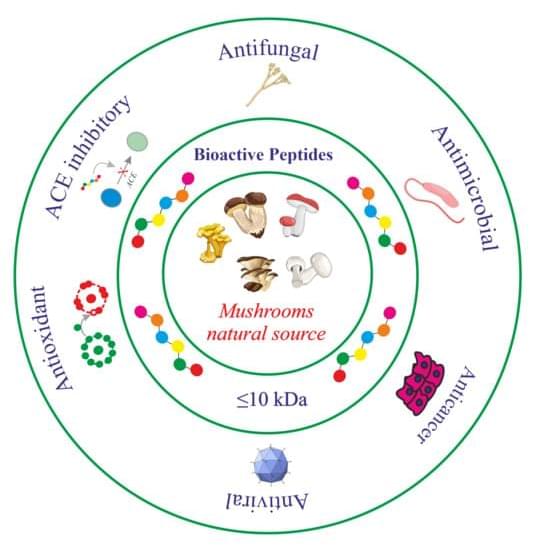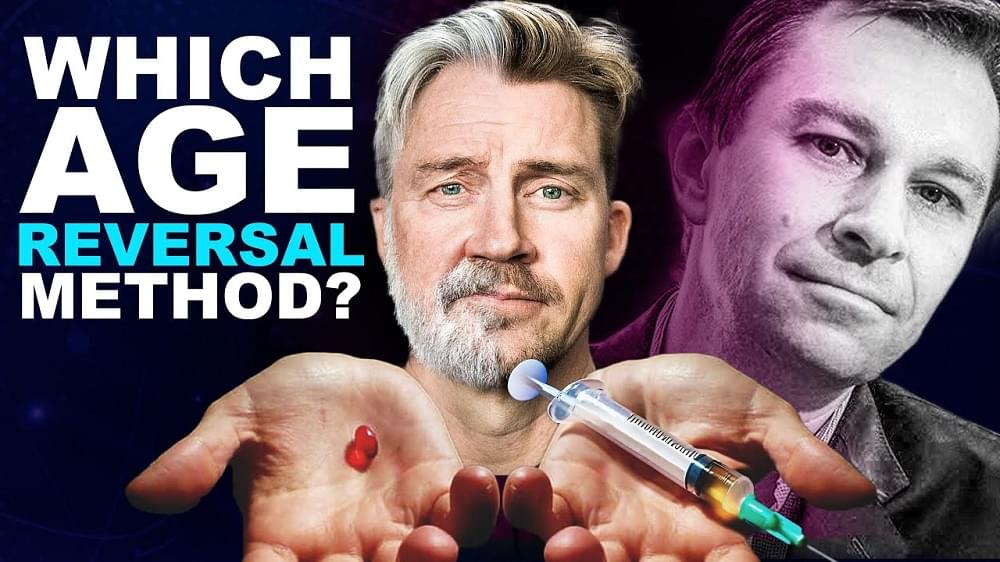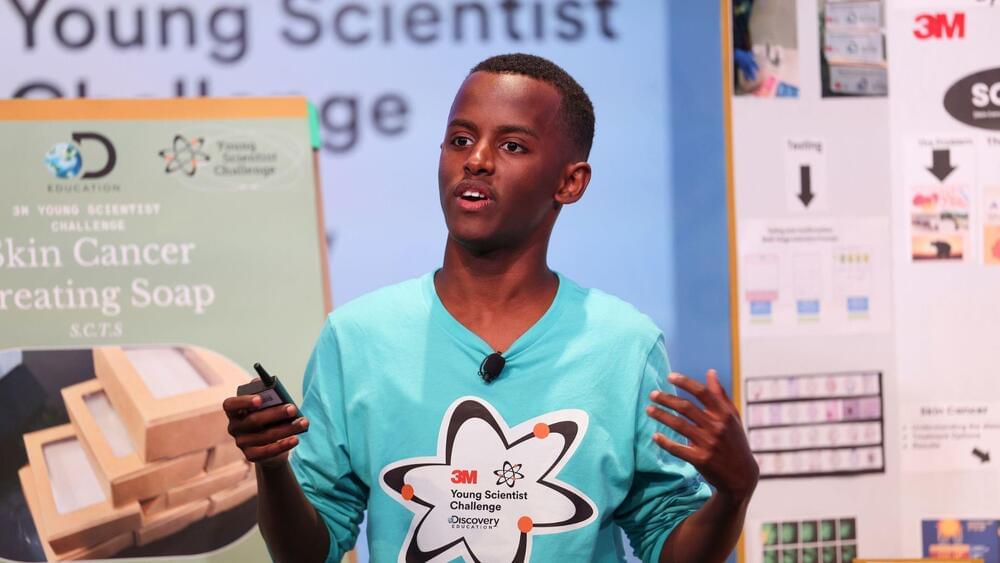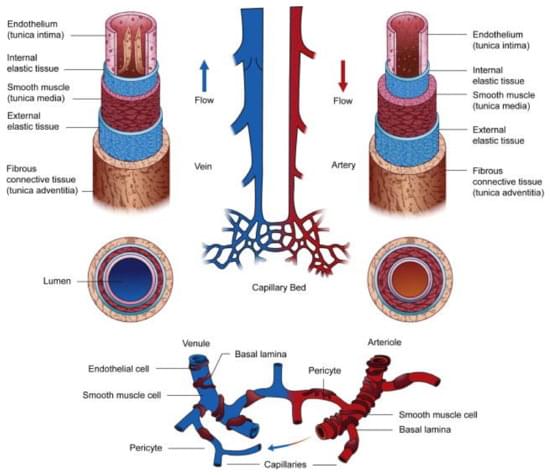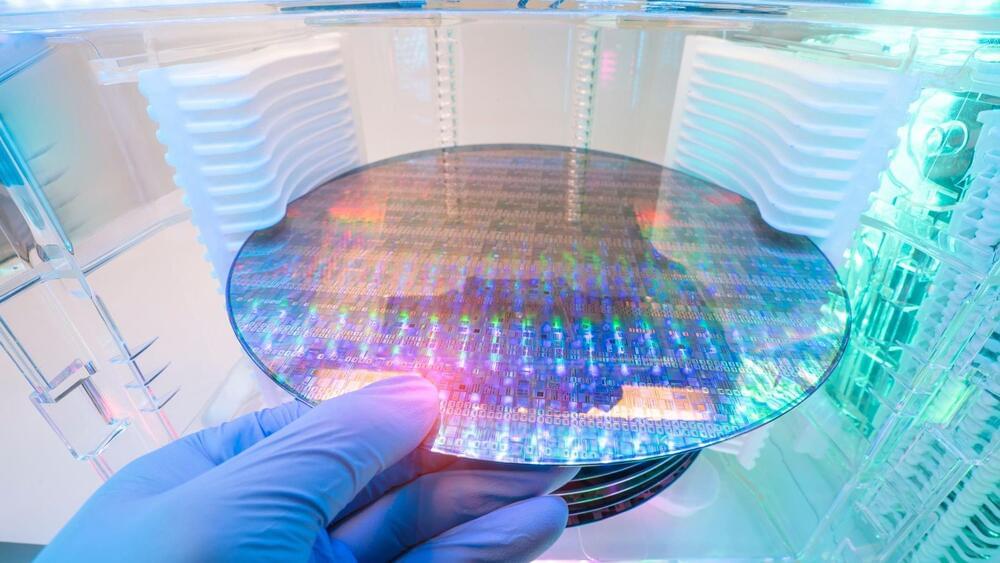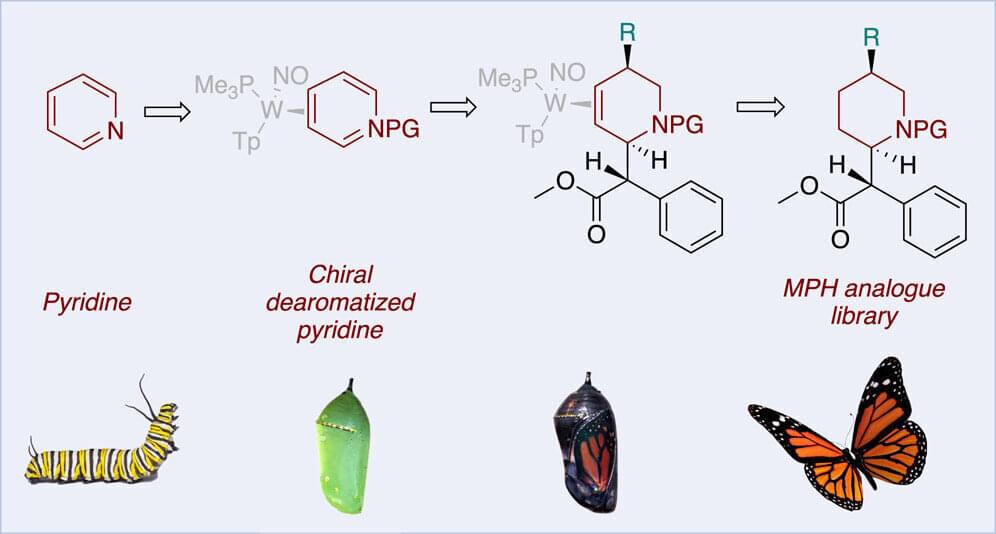Title: ☎Dr. Sara Ragucci and Dr. Antimo Di Maro.
Read this review to have an overview of Mushrooms:
Here, we report the current status of the bioactive peptides isolated and characterized from mushrooms during the last 20 years, considering ‘peptide’ a succession from to 2 to 100 amino acid residues. According to this accepted biochemical definition, we adopt ~10 kDa as the upper limit of molecular weight for a peptide. In light of this, a careful revision of data reported in the literature was carried out. The search revealed that in the works describing the characterization of bioactive peptides from mushrooms, not all the peptides have been correctly classified according to their molecular weight, considering that some fungal proteins (10 kDa MW) have been improperly classified as ‘peptides’. Moreover, the biological action of each of these peptides, the principles of their isolation as well as the source/mushroom species were summarized.
